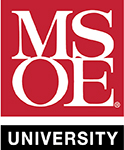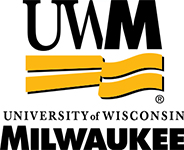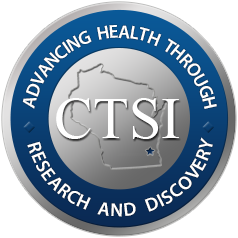Two wrongs can make a right: dimers of prolactin and growth hormone receptor antagonists behave as agonists. Mol Endocrinol 2006 Mar;20(3):661-74
Date
11/05/2005Pubmed ID
16269515Pubmed Central ID
PMC1402359DOI
10.1210/me.2005-0360Scopus ID
2-s2.0-33344469275 (requires institutional sign-in at Scopus site) 26 CitationsAbstract
Prolactin (PRL) and GH have two distinct binding sites (site 1 with high affinity; site 2 with low affinity) that each interact with a PRL receptor (PRLR) to form a functional receptor dimer that activates signal transduction. The G129R mutation in PRL and the G120R mutation in GH disrupt the structural integrity of site 2 such that the ligands retain the ability to bind to the first receptor with high affinity, but act as receptor antagonists. In this study, we examined the ability of monomeric and dimeric forms of these ligands, human (h) PRL and hGH, and their antagonists (hPRL-G129R and hGH-G120R) to 1) bind to PRLRs; 2) induce conformational changes in PRLRs; 3) activate signaling pathways associated with the PRLR; and 4) mediate cell proliferation in vitro. In contrast to monomeric hPRL-G129R, homodimeric hPRL-G129R induced PRLR dimerization; activated Janus family of tyrosine kinases 2/signal transducer and activator of transcription 5, Ras/Raf/MAPK kinase/Erk, and phosphatidylinositol 3-kinase/Akt signaling; and stimulated Nb2 cell proliferation. Similarly, homodimeric hGH-G120R was able to mediate signaling via the PRLR and to stimulate Nb2 cell proliferation. These experiments demonstrate that a ligand must have two functional binding sites, but that these may be site 1 plus site 2 or two site 1's, to elicit receptor-mediated signal transduction. The size of the ligand plays less of a role in receptor activation, suggesting that the extracellular portion of the PRLR (and possibly the GH receptor) is rather flexible and can accommodate larger ligands. These findings may have implications for designing multifunctional therapeutics that target this class of cytokine receptors.
Author List
Langenheim JF, Tan D, Walker AM, Chen WYMESH terms used to index this publication - Major topics in bold
AnimalsBinding Sites
Carrier Proteins
Cell Proliferation
Cells, Cultured
Dimerization
Dose-Response Relationship, Drug
Human Growth Hormone
Humans
Luminescent Measurements
Mitogen-Activated Protein Kinase 1
Mitogen-Activated Protein Kinase 3
Phosphatidylinositol 3-Kinases
Prolactin
Proto-Oncogene Proteins c-akt
Rats
Receptors, Prolactin
Recombinant Fusion Proteins
STAT5 Transcription Factor
Signal Transduction









